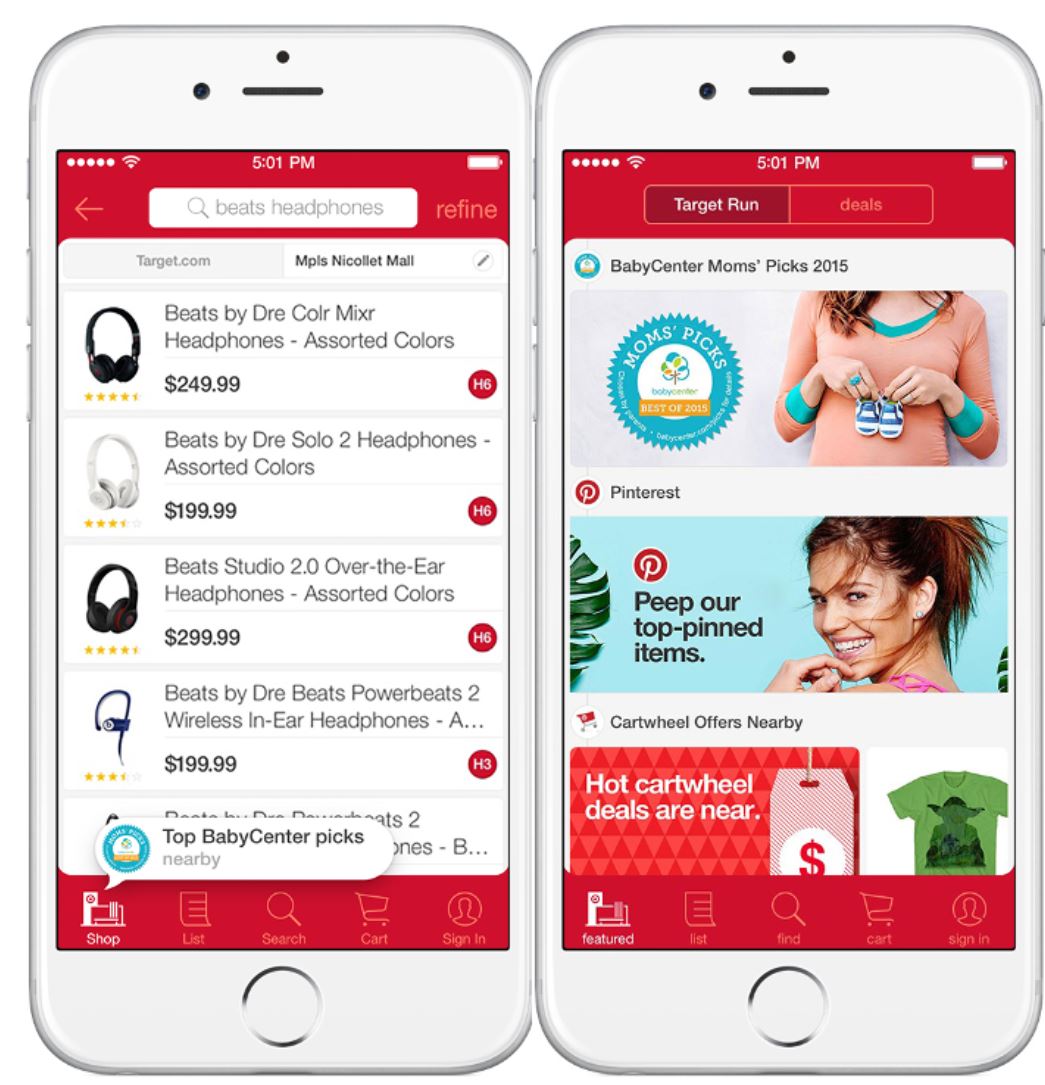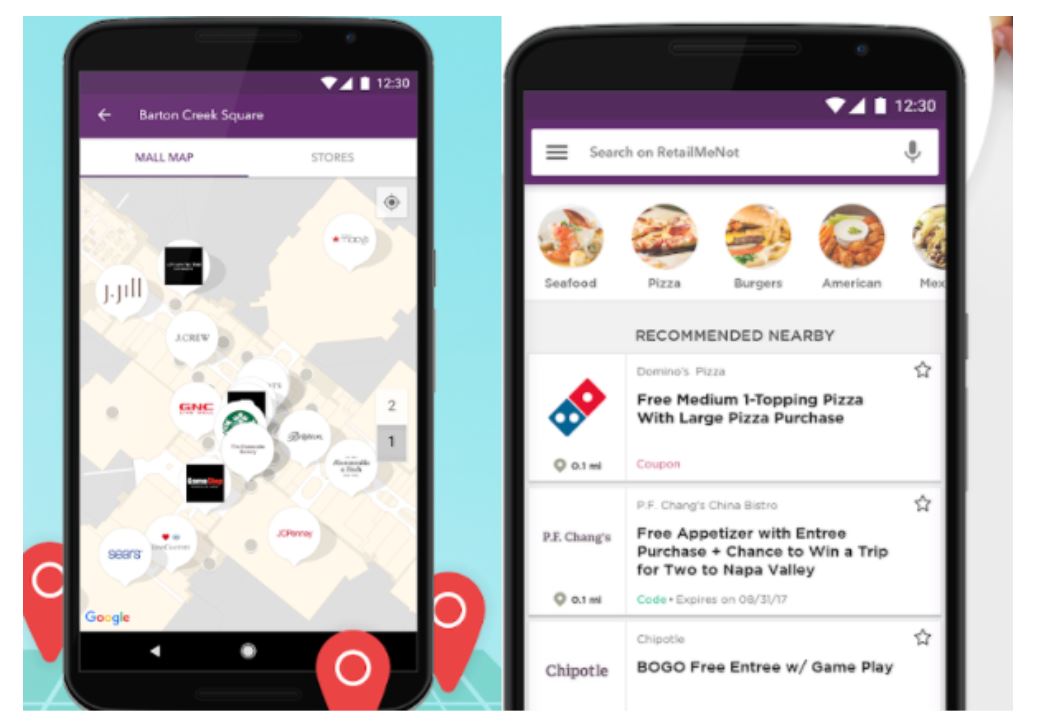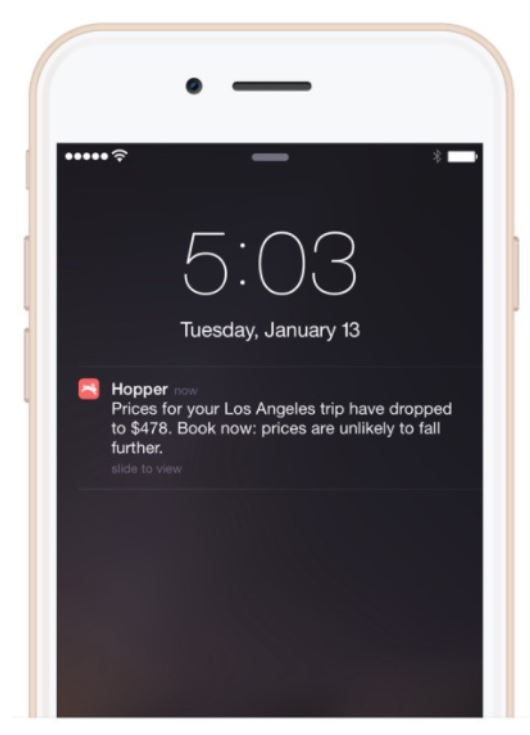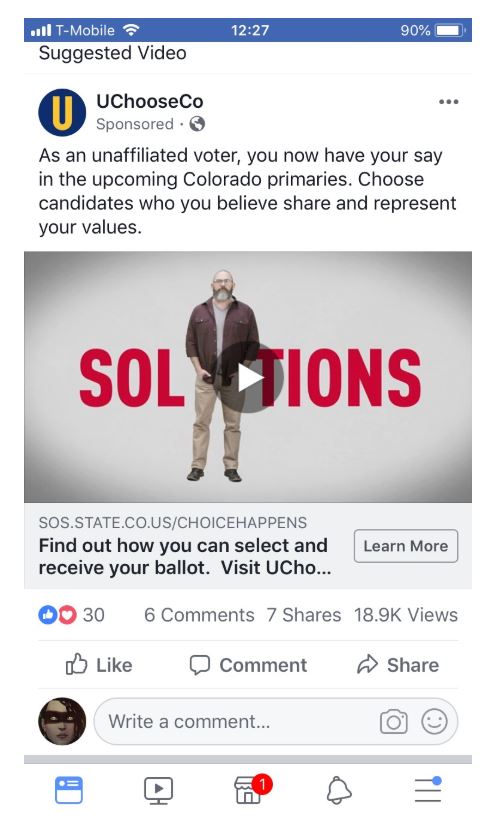As savvy marketers know, the most effective campaigns are genuinely helpful to the customer. That’s how businesses build meaningful user relationships and brand loyalty. And done well, location-based marketing is a perfect example: location-based push notifications are 20 times more effective than generic banner ads.
Knowing exactly where a user is located lets you target them with personalized messages that are immediately useful, leading to a better user experience.
But implementing a successful location marketing strategy isn’t without its challenges. We want to show you how you can extend successful proximity marketing across the customer journey: from optimizing mobile messages through stronger user experience, to more comprehensive customer profiles.
1. Content: Create Messages that Balance Utility & Entertainment
Providing valuable content is the key to building meaningful and lasting relationships with your audience. But while helping people solve their problems is great, you also need to get information about your product or service in front of the people who are interested in buying it.
Walking the line between useful, entertaining content and overt marketing is difficult, and getting it right is especially crucial for location-based marketing. Consumers aren’t going to stop what they’re doing to look at an ad or a marketing piece while they’re on the go unless it’s both highly relevant and immediate.
Staying relevant and finding the right balance between valuable content and advertising is one of the most difficult parts of location-based marketing. But it can be done with some practice.
Take Target for example. They use proximity marketing to send information to customers based on their location in the store. In addition to sending special offers, they also send customer reviews and social content from other users (like the top-pinned items in the screenshot below).

This content combines marketing (offers) with useful information (reviews and other content) that not only encourages the customer to buy, but convinces them that the purchase is a good one.
In trying to get both types of information to customers, it’s easy to send a lot of content—but it’s important to resist this temptation. You might think that pushing offers and reviews every time someone enters a store is a good idea, but too many notifications is one of the leading causes of uninstalls.
As with any marketing tactic, A/B testing can answer many of your questions. Test notification channels, content, timing, and frequency to optimize your push campaigns and find the messaging strategy that’s most effective for your customer base.
Personalization is another powerful way to increase the effectiveness of your location-based marketing. For example, a message delivered to a customer entering your store may differ from one sent to someone who’s leaving. You could tailor offers to the weather, the customer’s past purchase history, upcoming holidays or birthdays, and so on.
(You’ll need access to user data to make this happen, which we’ll address in a moment.)
Now that you have some ideas on what to send, let’s talk about when to send it.
2. Timing: Use Cross-Channel Insights to Capture the Right Moment
Getting timing right is crucial in location-based marketing, because the window of opportunity can be very small. This type of marketing is all about catching people when they’re in exactly the right place, and they’re always on the move.
Consider the value of being able to activate a customer’s abandoned shopping cart at the right moment — just as they’re passing the store with their item in stock. With the combined power of cross-channel orchestration across email, and with smart in-app location intelligence, you can trigger that message just as they’re within range, and make their day. Timing is everything.

Getting the timing right on specific types of offers can be important, too. Special offers on food (which are common on the RetailMeNot app) are going to be more appealing to customers around traditional mealtimes, for example.
It’s also possible that you might send notifications after a consumer has visited a particular location or made a purchase. Suggesting accessories, warranties, renewals, or follow-up purchases are all possibilities for well-timed proximity marketing.
3. Ease of Opt-In: Keep it Simple, Communicate Value
Making it easy for users to opt-in to notifications is one of the most important things to think about when you’re designing any type of mobile notifications.
We’ve found that explaining the benefits of push notifications increases opt-in rates significantly. So give users an idea of exactly what they’re signing up for and why.
As with anything, the key to getting users to act on your notification is to make it as simple as possible. For example, sending a notification that requires someone to create an account to redeem an offer isn’t likely to work very well. The more convenient it is for consumers to get the content they need, the better response you’ll have.
It’s also important to be very clear about what you’re offering. Saying “New Discounts” isn’t as clear as “Get 20% Off Any In-Store Purchase Today,” for example. If customers don’t know what they’re getting, they’re unlikely to take advantage of an offer.
Hopper’s push notifications are a great example of setting clear expectations:

There’s no mistaking what the notification is telling you, and users can be confident that when they tap the notification they’ll see pricing information for their trip. (And, of course, the option to buy.)
This is another good place to use A/B testing — the buttons and links you use might be making it easier for consumers to opt in, but they might also be obscuring the real benefit. Try different calls to action to see which works best.
4. Siloed Data: Make Customer Profiles More Comprehensive
Effective location-based marketing requires a lot of user data. Not only do you need location data, but you also need details like purchase history, notification triggers, shopping cart details, and a whole lot more.
All of this information helps you create comprehensive customer profiles, which are essential for effective customization and targeting.
Collecting, storing, and analyzing all of this data can be daunting for many businesses— especially small- and medium-sized companies. Fortunately, there are many mobile marketing solutions that help you organize, analyze, and act on massive amounts of user data.
Take UChooseCo, which tries to get voters involved in primaries. Their advertising is based not only on location, but also on whether a voter is currently affiliated with a particular political party:

By creating rich user profiles, you can also create detailed user segments in order to send targeted, personalized messages to distinct user groups. Understanding your customers based on demographics or where they are in the purchase funnel can give you a big leg up on your competitors.
Overcome the Challenges of Location-Based Marketing
Location-based marketing has some unique challenges. But by using these tips to get your content, timing, opt-ins, and data analysis just right, it can be an extremely effective form of marketing.
Fortunately, much of the information that you’ll need to collect for this type of engagement will also help you create effective marketing campaigns across all channels. Proximity marketing is part of a well-rounded marketing plan, and could be one of your most effective tools in driving sales and generating revenue.
[vcex_divider color=”#dddddd” width=”100%” height=”1px” margin_top=”20″ margin_bottom=”20″]
By Saniya Kaluskar, Head of Strategic Partnerships at CleverTap
Former engineer turned marketing professional, Saniya is passionate about growth hacking and marketing analytics. CleverTap’s intelligent mobile marketing platform helps global brands like Sony, Vodafone, and Fandango create powerful mobile growth strategies.

